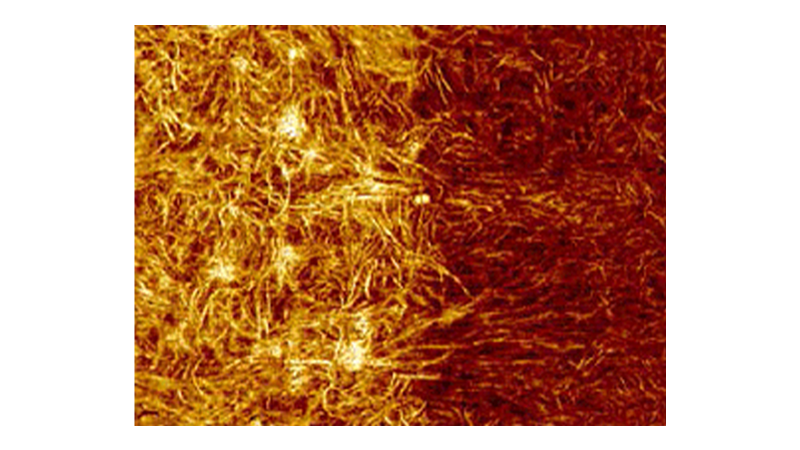Nano-Vault Architecture Mitigates Stress in Silicon-Based Anodes for Lithium-Ion Batteries
Nature Communications Materials 2021
DOI: 10.1617/s11527-020-01543-3
As battery EVs are multiplying, the search for higher capacity lithium-ion batteries is more intense than ever. Silicon anodes hold promise but an intrinsic issue remains unsolved. High capacity comes with high volume change that invites premature mechanical failure. In addressing this challenge, Haro et al have found inspiration in an unlikely place: Roman aqueduct engineering. A nanoscale vault-like structure gives silicon anodes the sought-after combination of mechanical strength and room to expand during the charging cycle. PeakForce QNM measurements validate their model, showing a high 120 GPa modulus from arch action of the vaulted nanostructure.
If you have any questions about PeakForce QNM or any of our other solutions for battery research, please contact us. Sign up to automatically receive future Journal Club updates via email.
SUBJECT(S):
- Fabrication of a nanoarchitecture for silicon-based LIB anodes
- Validation of the mechanical behavior of this structure via PeakForce QNM
FEATURED BRUKER TECHNOLOGY:
KEY FINDINGS:
- The vaulted nanostructure is a promising structure for assembling silicon anodes for LIBs
- The single-layer vaulted structure mitigates the stress caused by the lithiation process and prevents film cracking
- Repeating the vaulted structure retains the structural and mechanical features of the single layer and also improves both capacity retention and Coulombic efficiency
KEY TERMS:
Alternative Fuels, Anode Structure, Li-Ion Batteries, Fuel Cells, Nanoparticle Technology, Silicon Film, Solid Electrolyte Interfaces

